Custom Book Printing: What is Perfect Binding?
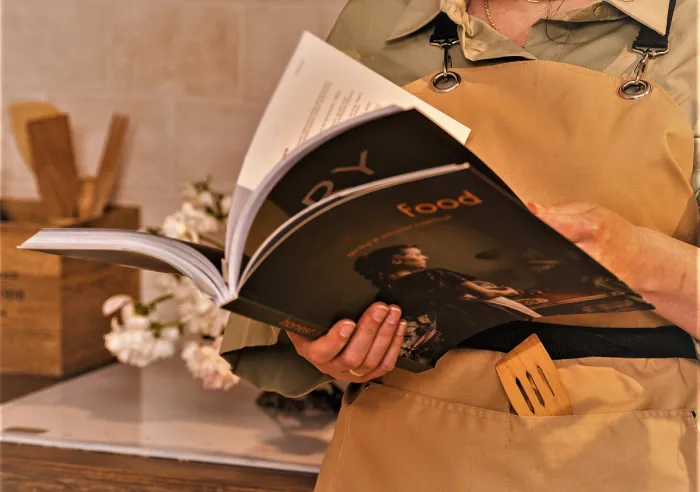
estimated reading time: 4 minutes
What is a Perfect Bound Book?
Perfect Binding is a very popular bookbinding method used to create softcover books. It is the ideal choice for binding books that
have moderate to high page counts.
The perfect binding process uses a special hot-melt glue to
secure the pages into a wraparound cover. The glue provides a strong bond but is
able to remain flexible.
Perfect bound books have a square, printable
spine and edges that are straight and precise. In case you're wondering, these
crisply trimmed edges are what inspired this method to become known as "Perfect"
binding.
Despite producing books with a very clean and professional
appearance, perfect bound books are quite reasonably priced. In fact, perfect
binding has long been considered the economical alternative to hardcover
binding.
By the way, if you were to visit any retail bookstore you would notice
that perfect bound books are the most prevalent type of book on the shelves. Why?
Because in addition to being a very affordable binding option, perfect binding is
suitable for a wide variety of book projects - fiction, non-fiction, manuals,
handbooks, novels, magazines, thicker comic books, field guides, workbooks, and
more.
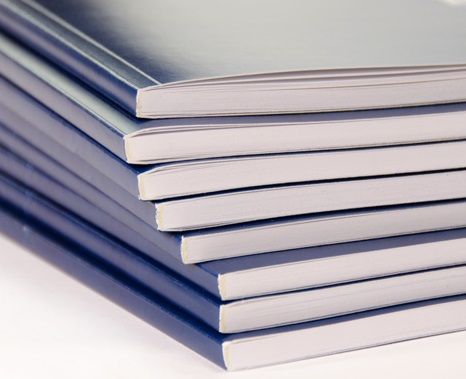
What are the steps in the Perfect Binding Process?
1. After all the pages of the book have been printed, they are collated
into the proper order and assembled tightly together in a compact stack. This
stack is known as the page block.
2. The page block is then placed into a special machine that
uses rotating blades. These sharp blades grind notches or "rough up" the
edge of the page block that will be glued into the wraparound cover. This procedure
exposes more paper fibers, giving the edge of the page block additional surface area for
the glue to adhere. The more surface area available to contact the glue, the stronger
the bond will be.
3. By this stage, the book's cover will have already been
printed on heavy paper or cardstock. Depending on the specs of the project, the
book's cover may have also received a durable clear coat, such as an aqueous
coating, UV coating, or a laminate film. The cover will also have been scored
and creased so it will fit tightly around the page block.
4. Once the edge of the page block has been prepared and the
cover is ready, glue is applied along the spinal edge of the page block and it is
affixed to the center of the inside cover. The cover is then wrapped around the page block.
5. After the glue sets, the book undergoes a trimming operation. The three open sides of the book are trimmed to ensure the pages are uniformly straight and live up to the name "perfect binding." The production process is now complete and the books can be packaged and shipped.
What type of glue is used for Perfect Binding?
When it comes to fabricating perfect bound books, there are
currently two main types of binding glue being used in the printing industry.
The traditional style of glue is EVA, which stands for Ethylene Vinyl Acetate.
The newer and more superior glue is PUR, which stands for Polyurethane Reactive.
PUR has quickly grown in popularity because it is superior
to EVA in almost every regard - greater flexibility, stronger adhesion, and
better performance in extreme temperatures.
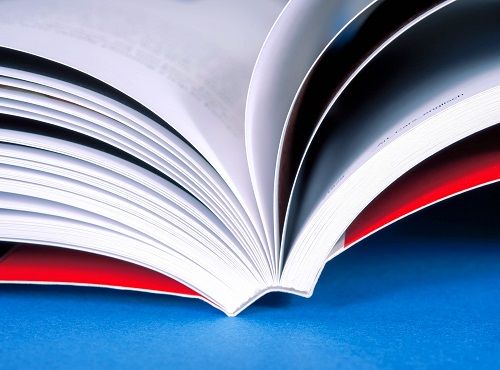
What are the Main Benefits of Perfect Binding?
Professional Appearance - books bound with the Perfect Binding
method have a very impressive appearance. The flat spine, crisp corners, and arrow-straight
edges create a clean and polished look, making this an ideal binding style for a
wide variety of book projects. Also, the squared edges and uniform thickness of
perfect bound books allows them to stack well on a table or desk, or stand
upright within a bookcase.
Durability - the adhesive used for perfect binding creates a strong and resilient
bond, ensuring that the book's construction can withstand frequent use. This durability also allows perfect bound
books to hold up well during transport and storage.
Versatility - perfect binding can accommodate a wide range
of book sizes and thicknesses, making it a versatile option for most types of books.
The thicker covers of perfect bound books also works well with a wide array of finishing
options, such as embossing, foil stamping, or die-cutting.
Cost-Effectiveness - the perfect binding method creates a
professionally bound book for a fraction of the cost of hardcover binding. A perfect
bound book is also lighter in weight than a comparable hardcover book, which
helps reduce freight and courier costs.
Flat Spine - perfect binding is the only softcover binding
method that yields a flat spine. In most cases, the flat spine will be wide
enough to accommodate printed text, such as the title of the book, the name of
the author, and other important information. This allows the book to be
easily identified whether lying flat in a stack or standing upright.
Did you know Color Vision specializes in Book Printing?
Custom book printing has always been one of Color Vision's
specialties. So whatever type of book project you may have, we are your one-stop
source for professional printing and binding at affordable rates.
Just give us a call at 800-543-6299 to discuss your project. Or, if you prefer to receive a quote by email,
simply enter your project's specs into our Quote Request form.
Incidentally, Color Vision uses PUR glue on all perfect bound
book projects. Even though PUR is far superior to EVA glue, we offer it at no
additional charge.
As always, we hope to hear from you soon and look forward to
assisting with your next book project!
Related Article: The Benefits of PUR
Binding
Related Articles
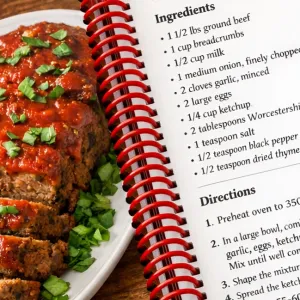
Which Book Projects Benefit From Being Spiral Bound?
Read This Article
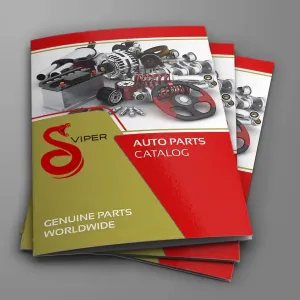
Booklet Catalogs: Why is this Catalog Format so Popular?
Read This Article

Creating a Comic Book? Here’s some Advice from a Printer
Read This Article

Perfect Binding vs PUR Binding: What is the Difference?
Read This Article